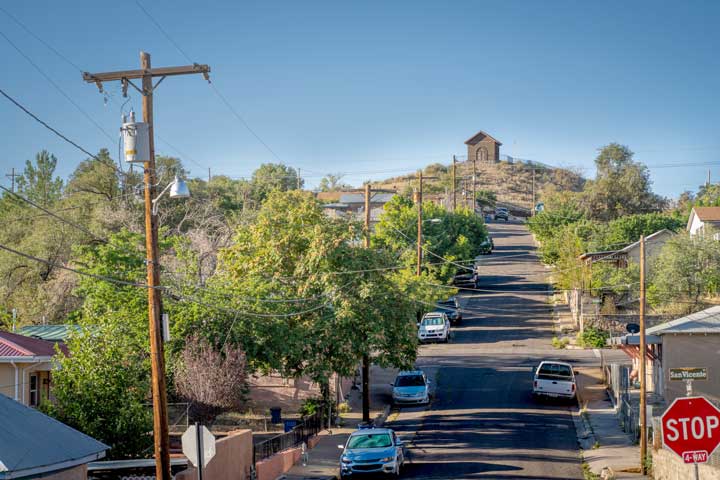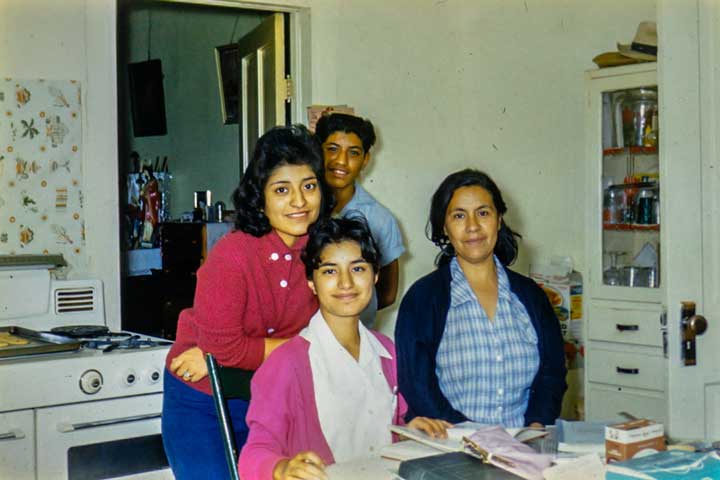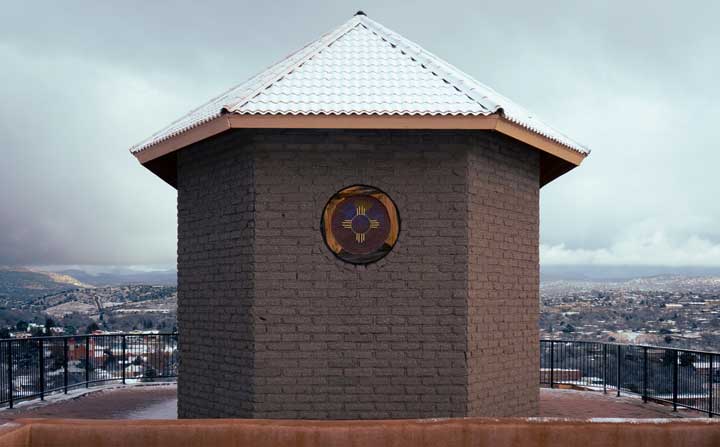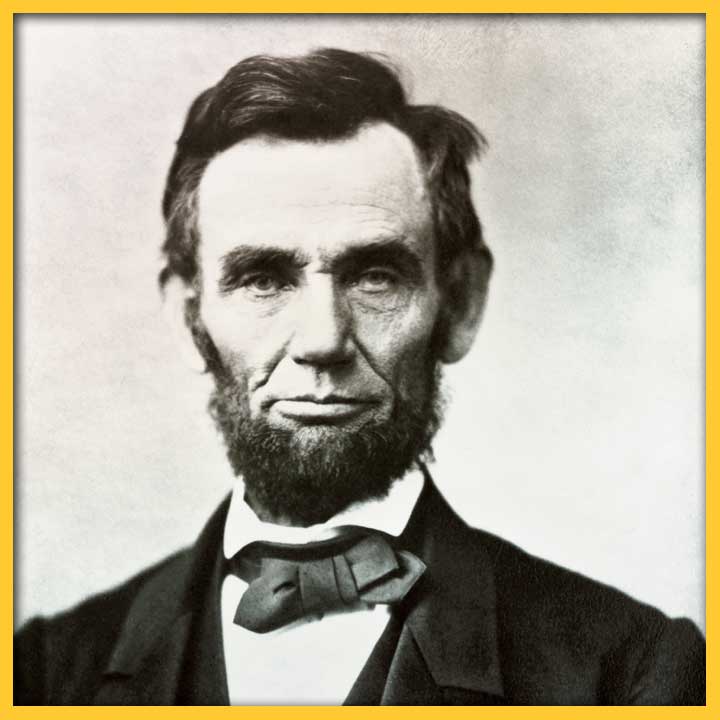
NUESTRA VOZ: THE CHIHUAHUA HILL STORY AND THE IMPORTANCE OF COMMUNITY, SELF-REPRESENTATION, AND REMEMBERANCE.
Now that warm atmosphere of Spanglish that surrounded my youth has slowly been replaced by English…
IMAGE: El Chicano Youth Center — A photo donated by CHHP participant Yolanda Martinez. El Chicano Youth Center was built in 1970 in Chihuahua Hill.
SHARE:
“Aye, como pasan los años.” This was a phrase that my maternal grandmother’s adopted tia, Rosa V. Castillo, would voice in bittersweet reminiscence as my generation, unbothered and uninterested by the conversations of our elders, played and grew before their wistful eyes.
Rosa Castillo was born in Silver City, New Mexico, in 1917, just five years after New Mexico was admitted into the Union as a full-fledged state. She lived in this town, en el barrio de Chihuahua Hill, for most of her life. As a child, she endured the semi-segregated schools of Silver City, where a community’s language was suppressed in favor of the socially acceptable English. She helped raise multiple generations of children, although she had none of her own. She moved away from Chihuahua Hill only when Alzheimer’s disease rendered her unable, though not unwilling, to care for herself. While living in a care facility, her memories of family and friends faded, yet her insistence that they continue buying her Big Red gum remained. She lived a long, undoubtedly difficult yet beautiful life, one that she never spoke of and that I never thought to ask about. Rosa Castillo died on April 26, 2009. Tenía noventa y dos años. She was buried in the Catholic Cemetery beside the adopted siblings who took her in on Chihuahua Hill nearly a century before. Whatever stories Rosa left unsaid, all the things she knew, and how she felt about them, are gone. En su lugar, solo recuerdos.
I remember Rosa in the background of my own life, always there but rarely a focal point. Looking back, I am ashamed about how little attention I paid to those conversations in Spanish punctuated by quick bouts of English that formed an ever-present backdrop to my childhood. Everybody, at some point, pays the world the disservice of thinking it’ll never change. You take for granted the voices of those around you, thinking that if they’re here today, they’ll be here tomorrow. Pero no es asi. Elders pass away, and the places they inhabited give way to new voices. Now that warm atmosphere of Spanglish that surrounded my youth has slowly been replaced by English and my own bittersweet reminiscence of what once was. Aye, como pasan los años.
Rosa’s story is representative of the history of Chihuahua Hill, a historically Mexican American neighborhood on the southern edge of Silver City. The neighborhood gets its name from the home state of many of its original settlers. Wherever you are in the town, La Capilla, a small chapel overlooking the neighborhood, makes a visible backdrop. The barrio is a pillar of our history. The first silver produced in the fledgling mining camp that became Silver City was smelted at the foot of Chihuahua Hill by Mexicanos in an adobe smelter. Families worked as miners, freighters, servants and farm hands, people whose labor ensured the continued success of local industries. Generations of gente, just like Rosa Castillo, lived and died there without ever being asked about their stories. Societies, just like people, take for granted what is around them. The Silver City Museum faces Chihuahua Hill yet has seldom featured the community’s history within its walls. The Chihuahua Hill History Project is an acknowledgement, and a correction, of that disservice.
Started in 2021, the Chihuahua Hill History Project was envisioned by the Silver City Museum to bring the community, as a whole and as individuals, to the forefront of history. It concerns itself less with dates and events and more with the context that surrounds them. Experiences, memories and perspectives. The project demands that history only becomes important when understood through the lens of human life. With this in mind, the project was built from the ground up around oral history. Themes, or areas of importance, emerge from the stories told by Chihuahua Hill residents. Making personal experience the centerpiece of our research provides a new toolkit for collecting and presenting local history. It reorients our emphasis back to the community we serve, transforming our institution from a place that tells you what history is into a mirror that reflects the communal experience. It is history for and by the community.
The history being uncovered is staggering in its scope and relevance to the present day. Chihuahua Hill residents have recounted stories of the joys of culture, the hardships of poverty, the pain of discrimination and the reality of change. It has helped uncover the stories of those people who are no longer with us. Ensuring that people, just like Rosa Castillo, will not be forgotten. Instead, they will be forever represented, in their own words, in their own voice, for generations to come. A living and ever-expanding marker of what we thought, and who we were, and why we mattered.
The project will be presented in its first official exhibit, Nuestra Voz: The Chihuahua Hill Story on September 29. The exhibit will explore the history of the barrio through the words of those who lived it. It is a multimedia, multi-themed, exhibition with the core idea that the past, just like today, isn’t composed from one single perspective, but of many. Every perspective is important because every person is important, not just the rich or the powerful, or those whose lives are written about and well documented. History is not just about their voice, or your voice, or mine, but all of ours. Nuestra voz. Our voice, as a collective, is what brings the past to life, and what makes history more than just words in a book, or on a wall.
The Chihuahua Hill History Project has been the greatest pleasure for the Silver City Museum to embark on. Nuestra Voz: The Chihuahua Hill Story is just another big step in a continuous project that will continue to evolve with the neighborhood it represents.
To get a firsthand look at the stories featured in this exhibition, click on the link and watch the short video which provides a glimpse into the captivating and moving stories you’ll encounter in: Nuestra Voz: The Chihuahua Hill Story



PASA POR AQUÍ
ADDITIONAL BLOG ARTICLES

THE THIRTEENTH AMENDMENT THAT NEVER WAS
By Brandon Johnson
The 13th Amendment, guaranteeing the abolition of chattel slavery in the United States, is one of the crown jewels of the American Constitution.

LIBRARIES AS FOUNDATIONS OF DEMOCRACY: UPHOLDING THE FREEDOM TO LEARN
By Val Nye
Proponents of intellectual freedom and supporters of libraries should plan to join in the various celebrations happening in New Mexico to honor the work communities and library workers do to retain intellectual freedom rights for all Americans.

SPAIN AND THE U.S. WAR OF INDEPENDENCE
By Eloy García
As we approach the U.S. Semiquincentennial of July 4, 2026 I think it is important that we in New Mexico reflect on the influence the Spanish Empire had on ensuring the success of the British colonist “War of Independence.”
SHARE:
DISCLAIMER:
Any views, findings, conclusions or recommendations expressed in this blog post/article does not necessarily represent those of the New Mexico Humanities Council or the National Endowment for the Humanities.
ABOUT THE AUTHOR:

JAVIER MARRUFO
Javier Marrufo is a Chicano historian from Silver City New Mexico and the current curator of the Silver City Museum. He received a bachelor’s degree in history from Western New Mexico University in 2016 and will receive a master’s degree in history from the same institution in December of 2023. His work is centered around Indigenous, Mexican, and Chicano history from Southwest New Mexico. He is the head researcher for the Chihuahua Hill History Project which has accumulated over 80 hours of audio with 75 participants to date.
